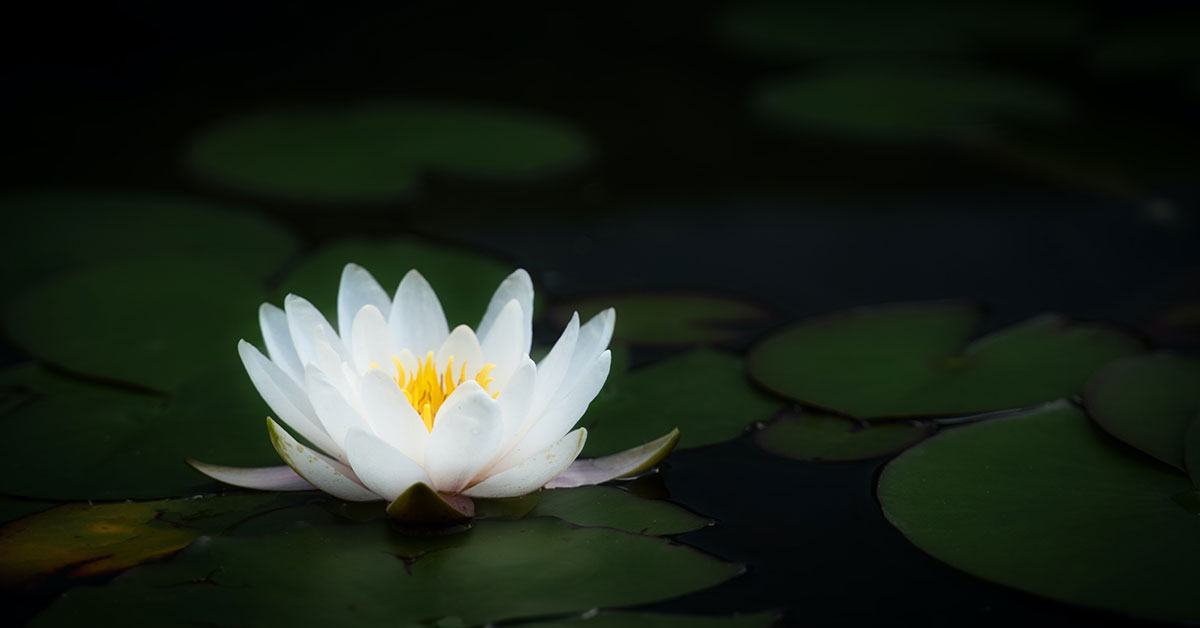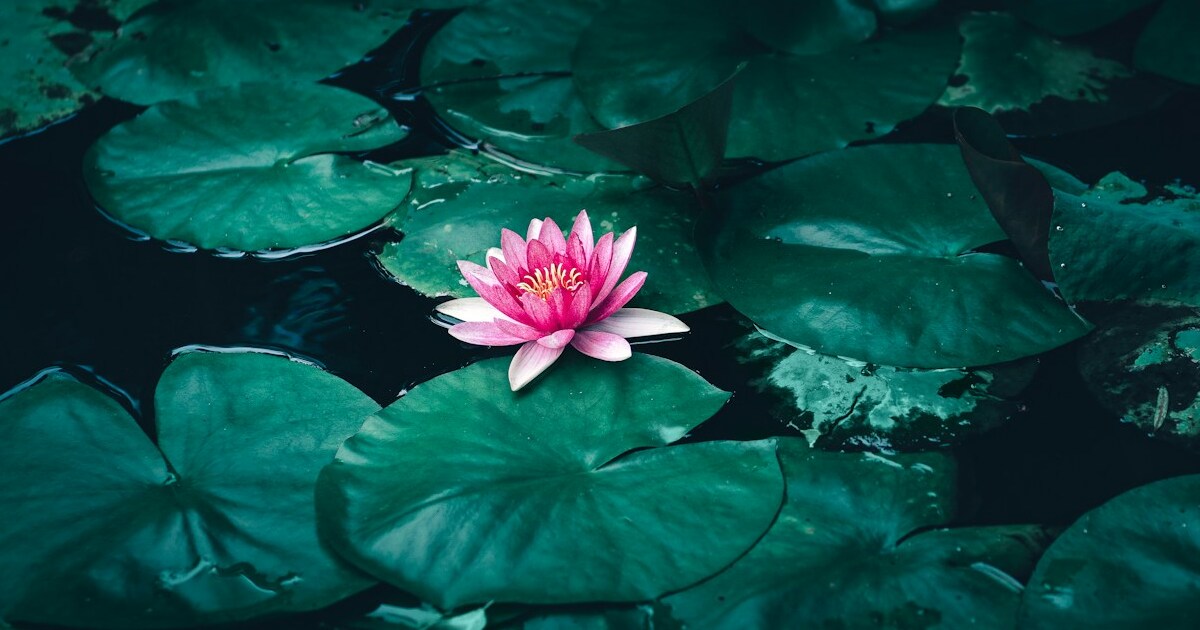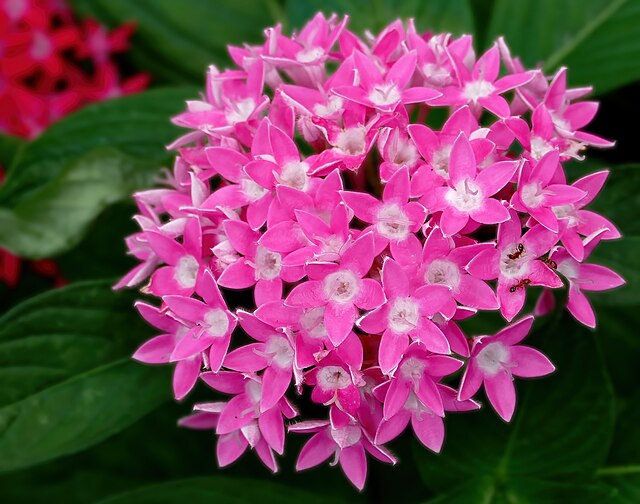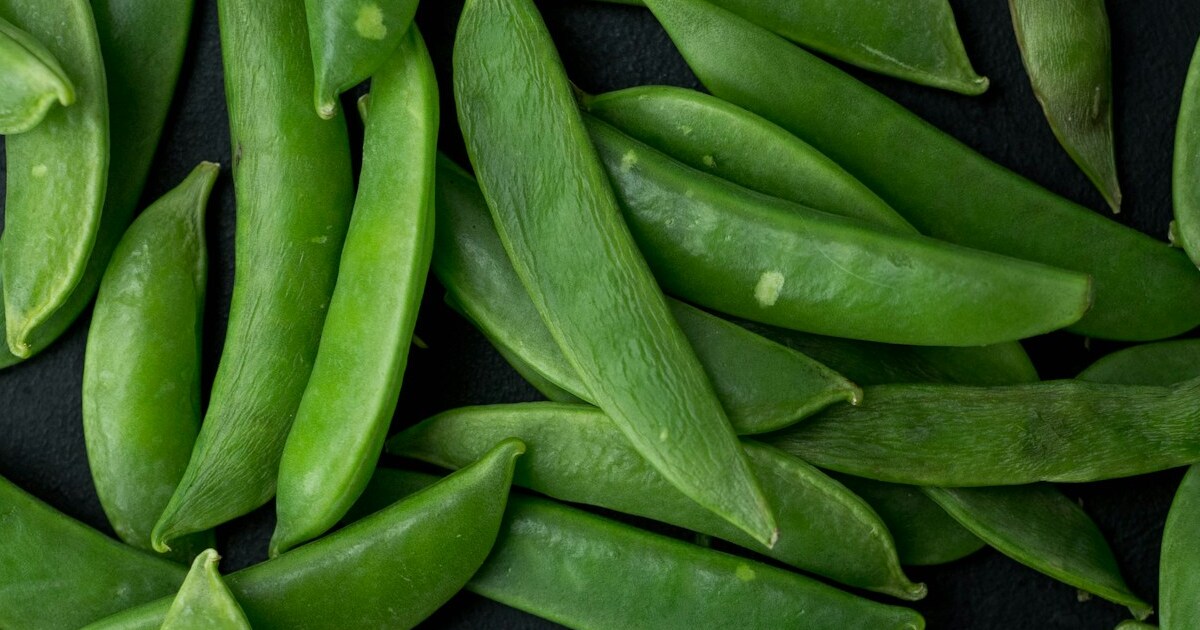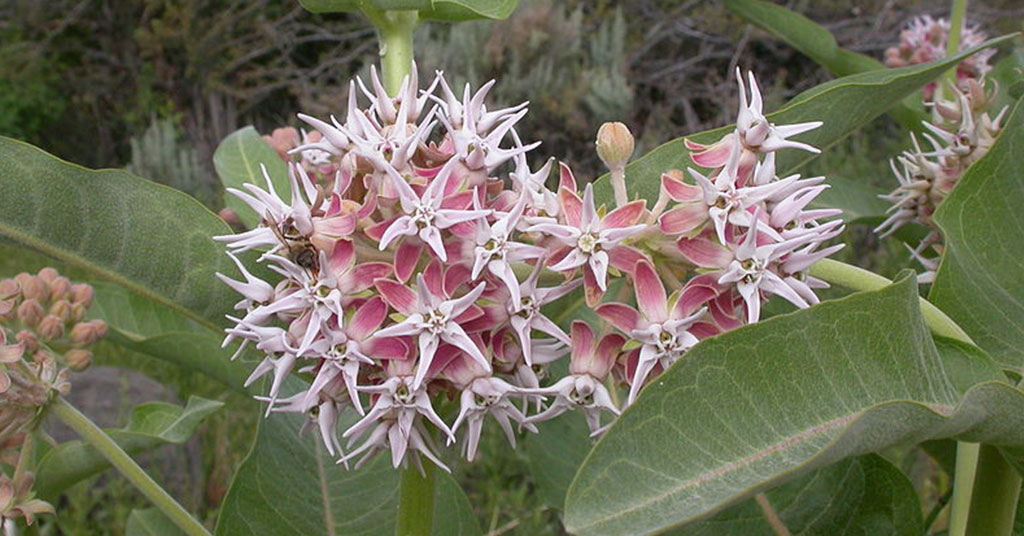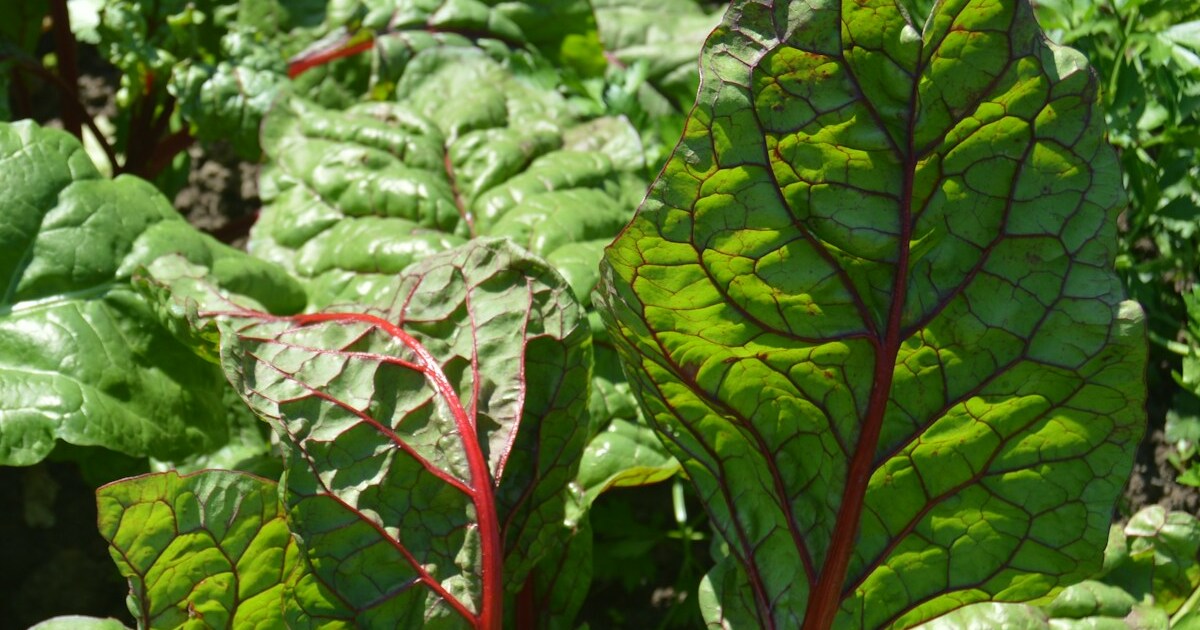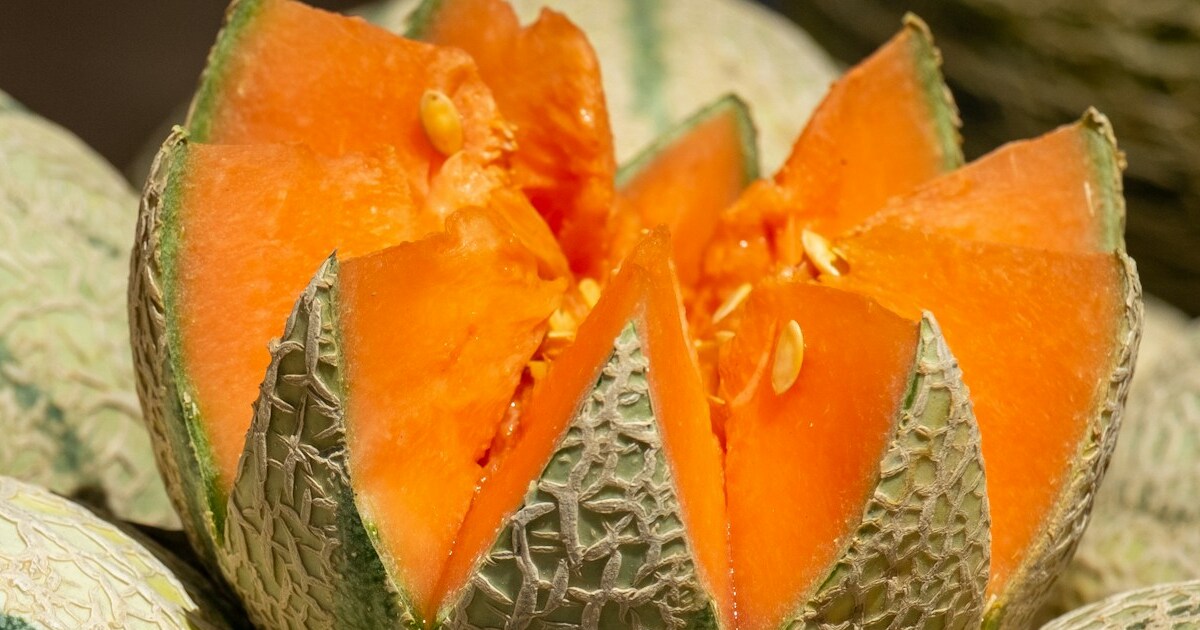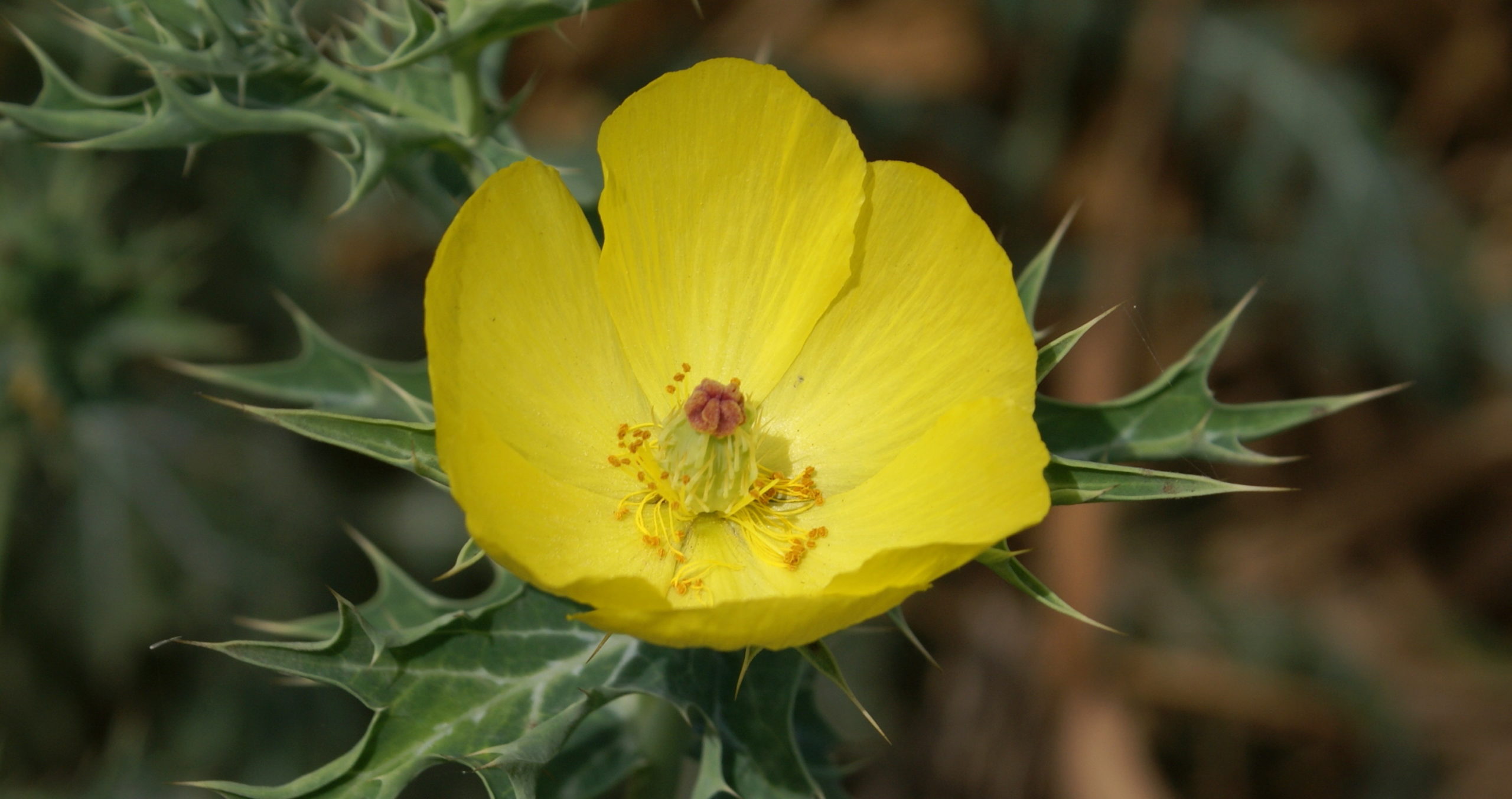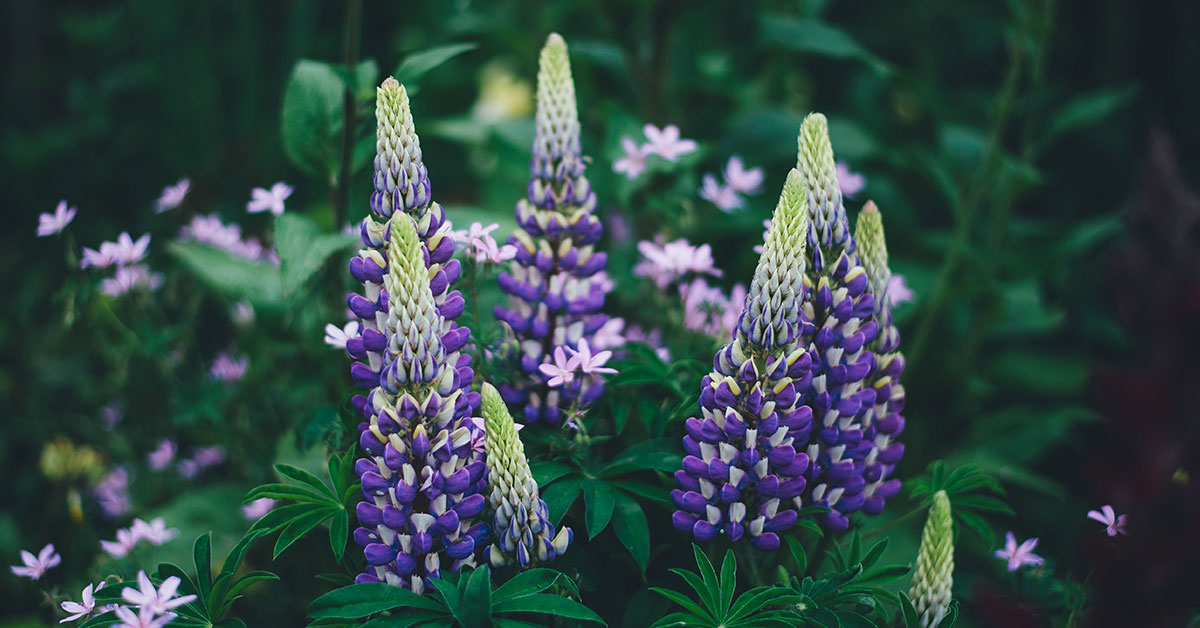Hello, fellow gardeners! I’m here to share an important message drawn from years of experience in nurturing sustainable gardens—steer clear of certain plants that may look enticing at the garden center but can wreak havoc on your local ecosystem. In my own journey, I’ve seen how seemingly harmless plants can quickly become uncontrollable invaders, outcompeting native species and creating endless maintenance headaches. It’s such a bummer when pests and overgrowth take over your garden, turning your carefully designed space into a chaotic tangle of unwanted vines and shrubs!
I completely understand the excitement of shopping for new plants and the promise they hold for beautifying your outdoor space. However, some of these favorites can become highly invasive, spreading beyond control and disrupting natural habitats. In each section below, I’ll dive into the origin, behavior, and surprising habits of nine plants that are notorious for their invasiveness. Whether you’re a seasoned gardener or just starting out, these insights are here to help you avoid common pitfalls and cultivate a garden that’s both gorgeous and ecologically sound!
Kudzu
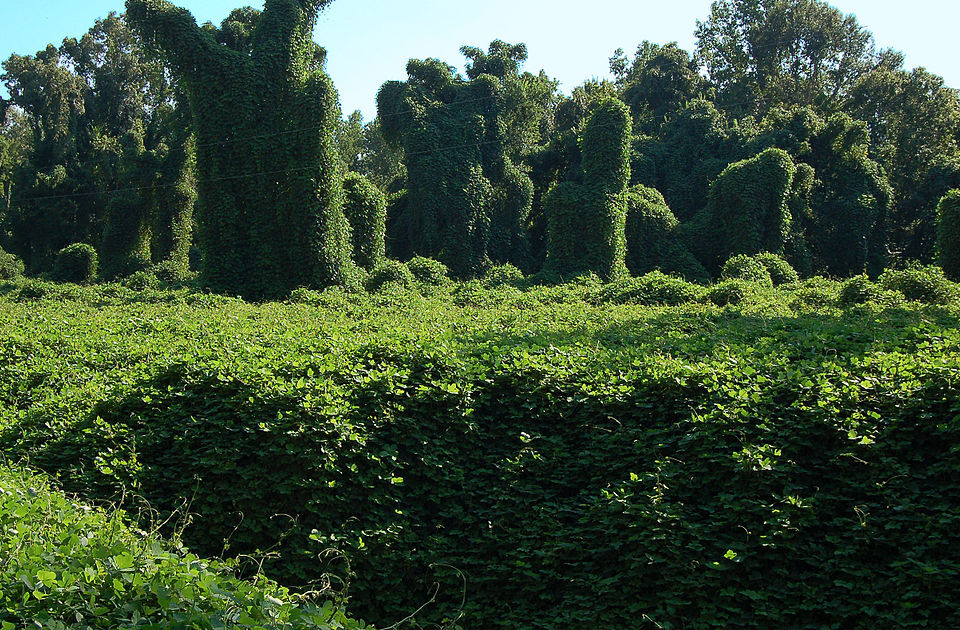
Kudzu, scientifically known as Pueraria montana, is infamous for its rapid growth and ability to overrun landscapes in a seemingly unstoppable manner. Native to East Asia, this vine was once introduced in the United States as a means to control erosion, but it quickly proved its potential for destruction by smothering native vegetation and even buildings! I’ve seen firsthand how kudzu’s aggressive climbing habit can transform a well-tended garden into a tangled mess of vines, leaving little room for other plants to thrive.
This fast-spreading invader is a magnet for opportunistic insects that benefit from its dense cover, yet it disrupts the balance of local ecosystems by crowding out native species. Its ability to take over entire fields and forests is both fascinating and disheartening for gardeners who appreciate biodiversity. In my experience, managing kudzu requires constant vigilance and removal efforts, making it a plant you definitely want to avoid buying from any garden center!
English Ivy

English Ivy (Hedera helix) may appear charming with its glossy, evergreen leaves and cascading growth habit, but it has earned a notorious reputation as an invasive species. Native to Europe, this vine easily finds its way into gardens and natural areas, where it can quickly dominate trees, walls, and ground cover without much resistance. I’ve watched with both admiration and concern as English Ivy effortlessly climbs structures, only to eventually smother the very surfaces it adorns!
Not only does English Ivy crowd out native plant species, but it also creates a dark, humid microclimate underneath its dense foliage that encourages pests and fungal diseases. While it might seem like an attractive option for adding year-round greenery, its propensity to form thick mats can hinder the natural nesting and foraging behaviors of indigenous birds and insects. Trust me, once it establishes itself, you’re in for a long-term battle against its relentless spread!
Bamboo
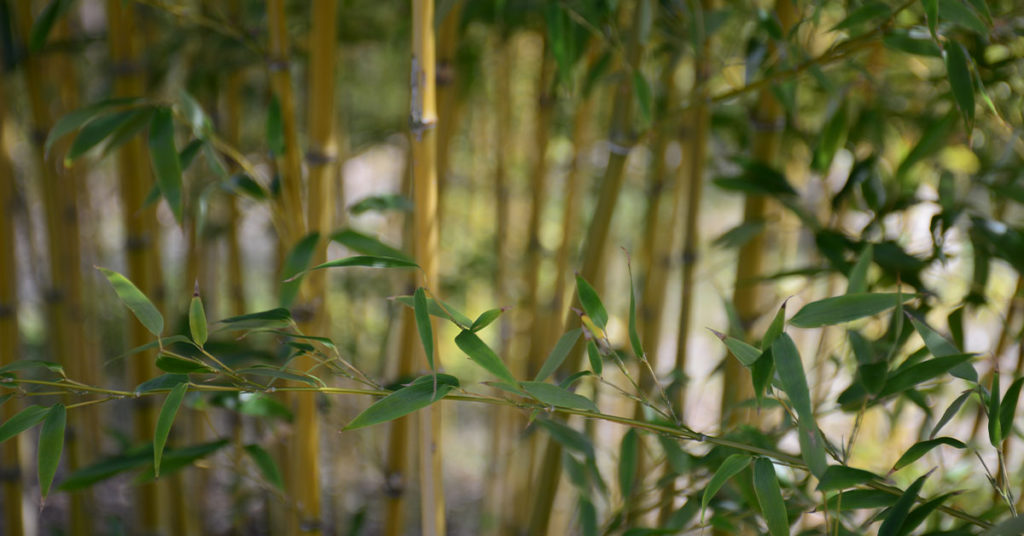
Bamboo is celebrated for its elegant, towering canes and rapid growth, making it a popular choice for privacy screens and ornamental landscaping. However, many species of bamboo are highly invasive, especially the running varieties that spread aggressively underground via rhizomes. Native to Asia, bamboo can quickly escape containment and take over large areas of your garden, outcompeting slower-growing native plants. I’ve seen gardens transformed overnight into seemingly endless groves of bamboo, leaving little room for any diversity!
The relentless spread of bamboo not only disrupts local plant communities but also alters soil conditions and water availability, which can affect the habitat of small animals and beneficial insects. Despite its alluring appearance, the maintenance and control measures required to manage bamboo often outweigh its aesthetic benefits. For gardeners seeking a harmonious, balanced landscape, it’s wise to steer clear of purchasing invasive bamboo from the garden center!
Privet
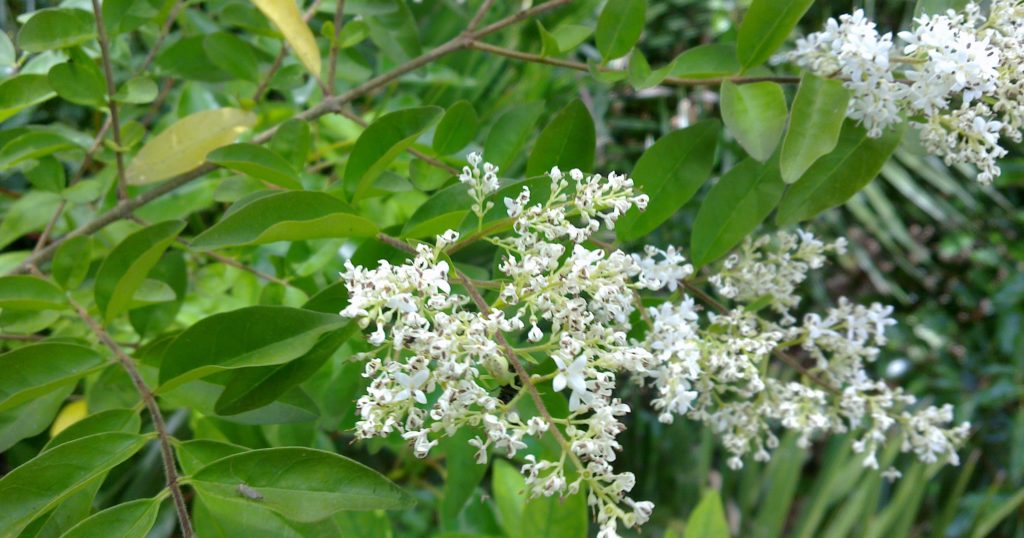
Privet shrubs have long been a staple in formal hedges and landscape designs, prized for their dense foliage and quick growth. However, these qualities also make them notorious invaders, particularly in the United States where many species have become highly invasive. Native to Europe, privet was introduced for ornamental purposes but quickly spread beyond control, often crowding out native flora. I’ve seen privet hedges that, once established, grow so thick they choke out surrounding vegetation and disrupt natural wildlife corridors!
Their aggressive nature doesn’t end with overgrowth; privet also attracts certain insects that may provide temporary habitat but ultimately contribute to an imbalanced ecosystem. The robust, evergreen leaves create a closed canopy that discourages the growth of native wildflowers and grasses, reducing the diversity that is so essential to a healthy garden. For these reasons, investing in privet from the garden center can lead to long-term ecological challenges that are hard to reverse!
Japanese Honeysuckle

Japanese Honeysuckle (Lonicera japonica) is widely admired for its fragrant, tubular flowers and rapid growth, which many gardeners initially find appealing. Native to East Asia, this vine was introduced to other parts of the world for its beauty and sweet scent, only to reveal its invasive tendencies over time. Its vigorous growth allows it to quickly smother other plants, fences, and even entire garden structures, leaving behind little trace of the original landscape. I’ve witnessed gardens overrun by this relentless climber, turning a once diverse space into a monotonous green wall!
While its nectar-rich flowers do attract bees, butterflies, and other pollinators, the overall ecological cost is high. The dense thickets formed by Japanese Honeysuckle not only displace native species but also create an impenetrable barrier that hinders the natural nesting and foraging behaviors of indigenous wildlife. If you value a balanced and diverse garden, it’s best to avoid the allure of Japanese Honeysuckle, despite its initially charming appearance at the garden center!
Lantana

Lantana (Lantana camara) is a vibrant and colorful shrub often featured in garden center displays, but its beauty hides a highly invasive nature. Native to tropical regions of the Americas, lantana has spread aggressively in many parts of the world, outcompeting native vegetation with its prolific seed production and adaptability. I’ve experienced the frustration of trying to control lantana’s explosive growth in a garden setting, where it often forms impenetrable thickets that stifle the growth of other plants!
This plant’s colorful clusters of flowers do attract a variety of pollinators, including butterflies and bees, which might seem beneficial at first glance. However, the downside is that lantana’s rapid spread and dominance can disrupt local ecosystems, reducing biodiversity and altering natural habitats. The hard work required to manage its spread makes lantana a risky choice for any gardener who values a balanced, ecologically sound garden. Trust me—what appears as a vibrant splash of color can quickly turn into an unmanageable problem!
Bush Honeysuckle

Bush Honeysuckle (Lonicera maackii) is another popular yet problematic plant that often finds its way into garden centers. Native to parts of Asia, this shrub was once introduced as an ornamental plant, but it has since become notorious for its invasive nature in many temperate regions. Its dense, shrub-like growth can crowd out native species, leading to a significant reduction in local biodiversity. I’ve seen bush honeysuckle form impenetrable barriers in once-thriving natural areas, leaving a trail of ecological imbalance in its wake!
Despite its attractive clusters of small, fragrant flowers that do draw in beneficial insects, the overall impact of bush honeysuckle is detrimental. The shrub’s aggressive spread not only limits the space available for native plants but also disrupts natural wildlife corridors, making it harder for native birds and insects to find food and shelter. The unintended consequences of its unchecked growth make bush honeysuckle a poor choice for any garden, no matter how appealing it might seem at first!
Creeping Charlie
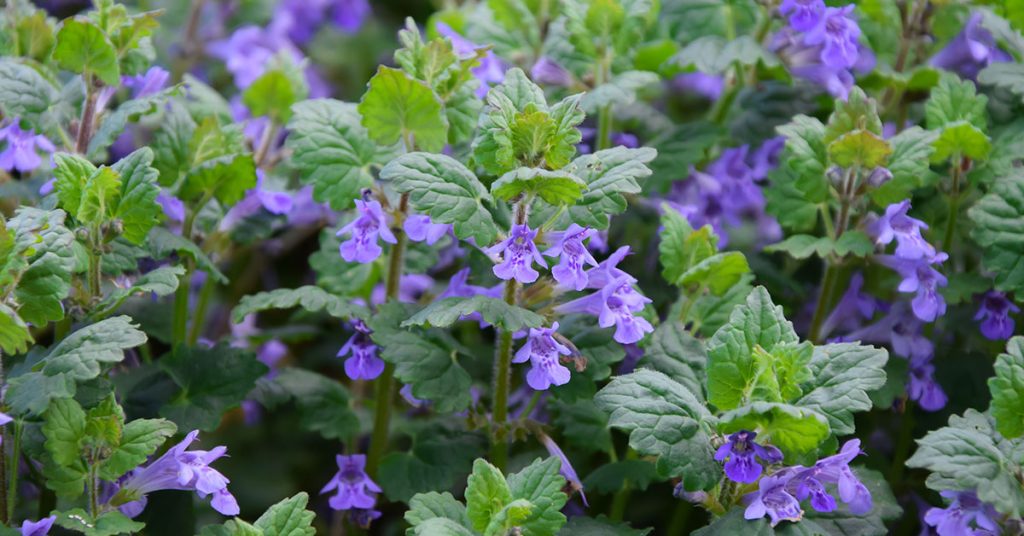
Creeping Charlie, also known as ground ivy (Glechoma hederacea), is a common ground cover that many gardeners initially appreciate for its lush, spreading habit. Native to Europe, this low-growing perennial has become a pervasive invader in lawns and garden beds across North America. Its rapid, creeping growth habit allows it to form dense mats that can choke out more desirable plants, and I’ve experienced the frustration of trying to tame this persistent weed in several of my own garden projects!
While Creeping Charlie can attract small pollinators and provide cover for tiny insects, its overall invasive nature far outweighs any minor benefits. The plant’s tendency to spread uncontrollably makes it a constant battle to maintain the balance of your garden, often requiring repeated efforts to remove it completely. If you’re aiming for a clean, well-managed garden, it’s best to avoid purchasing Creeping Charlie, as its aggressive behavior can quickly turn a carefully curated landscape into an overgrown mess!
Japanese Knotweed

Japanese Knotweed (Fallopia japonica) is one of the most notorious invasive plants, with a reputation that precedes it in almost every region where it has been introduced. Native to East Asia, this robust perennial can grow at an astonishing rate, sending up dense clusters of bamboo-like stems that can easily overrun an area. I’ve witnessed the sheer force of Japanese Knotweed in action, as it breaks through barriers and takes over entire garden plots, leaving little room for any other species to survive! Its aggressive root system is particularly damaging, often disrupting structures and outcompeting native plants with relentless vigor.
Despite its seemingly decorative appearance with clusters of small white flowers, Japanese Knotweed poses a serious threat to biodiversity and property. The plant’s ability to attract certain insects is minimal compared to the havoc it wreaks on the local ecosystem, as it quickly dominates landscapes and leaves behind a monoculture. Its invasive potential makes it a plant you definitely want to steer clear of when browsing the garden center shelves. For the sake of preserving both your garden’s beauty and the health of the surrounding environment, Japanese Knotweed is one of the worst choices you can make!




